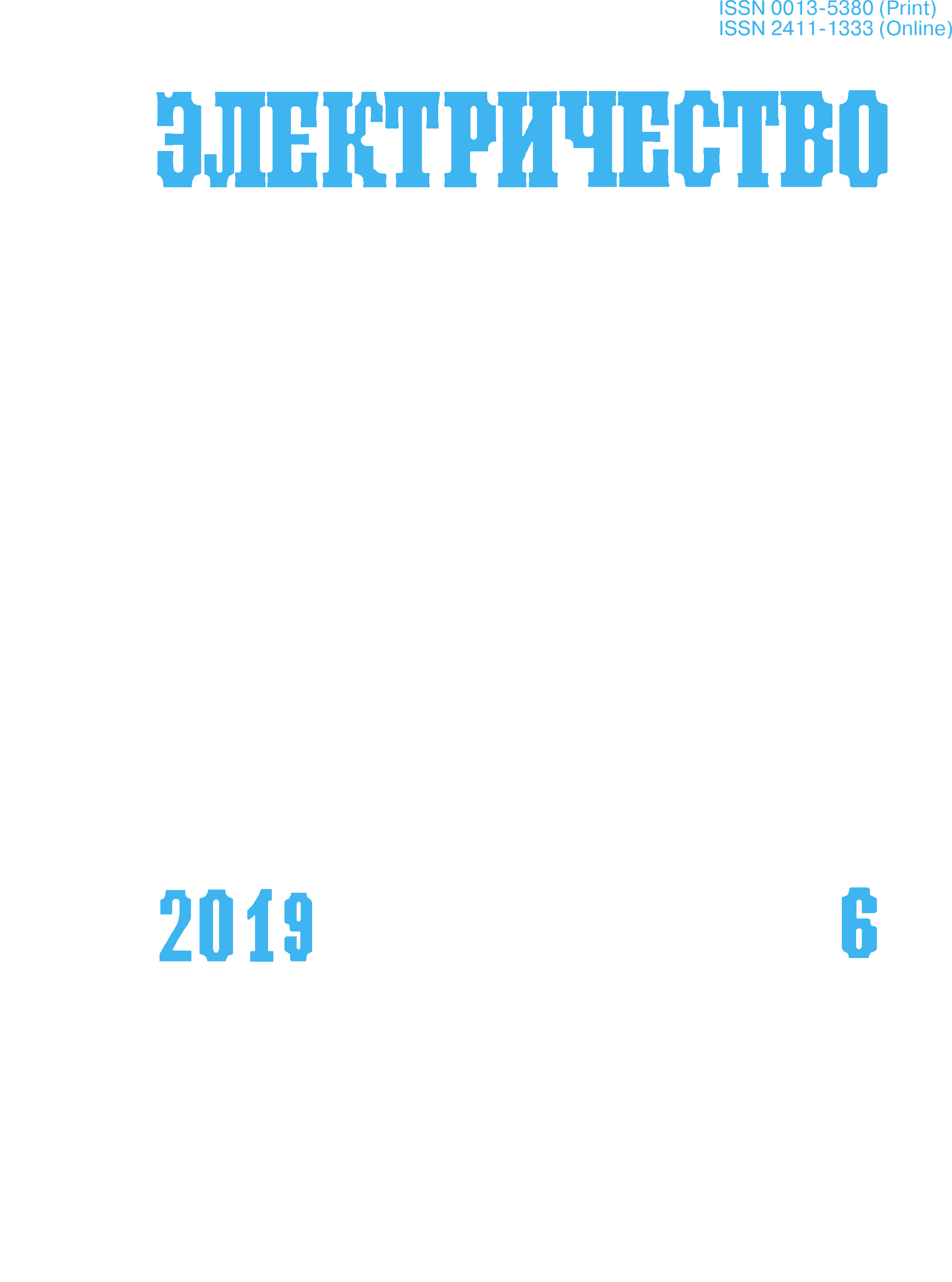Stirring of melt during solidification process for effective grain fragmentation using pulsed electromagnetic fields
DOI:
https://doi.org/10.24160/0013-5380-2019-6-66-69Keywords:
melt, electromagnetic stirring, solidification, grain fragmentation, process imaging, neutron radiographyAbstract
The paper describes the results of an experimental research, demonstrating and explaining the effect of grain fragmentation, caused by pulsed resonant electromagnetic stirring. In the experiment, 6082 aluminium alloy melt was directionally solidified under the influence of continuous and pulsed application of an alternating magnetic field (AMF). The frequency of applied pulsed field (PMF) was in accordance to the low-frequency circulation of the melt, causing the resonant increase of a pulsed component of the melt velocity. The structure of electromagnetically stirred specimens was compared to those, solidified without a magnetic field. A strong fragmentation effect (decrease of an average grain size on 51 %, comparing with the solidification in natural conditions) for the case of resonant EM stirring was stated. Further, to analyse the influence of the flow, appearing due to the resonant stirring, we observed the formation of solid/liquid interface and a macro-crystalloid structure during solidification of continuously and pulsed stirred melt by applying the novel method of neutron radiography. The results confirmed the strong influence of the pulsed component of velocity on thermal conditions during solidification and, consequently, the metal structure.
References
K.A. Radjai and K. Miwa, Melt. Mat. Mater. Trans. A., 31A (2000), 755—762.
P.A. Nikrityuk, et al., Int. J. Heat and Mass Transfer, 49 (2006), 1501—1511.
L. Hachianik, et al., Int. J. of Heat and Mass Transfer, 85 (2015), 438—454.
T. Campanella, et al. Metall. Mater. Trans. A35—10 (2004), 3201—3210.
D. Musaeva, et al., Magnetohydrodynamics, 53—3 (2017), 583—593.
A.S. Tremsin, et al., Sci. Rep., 7 (2017), 46275.
D. Musaeva, et al. Materials Science Forum: Materials Engineering and Technologies for Production and Processing II, 870 (2016), 471—476.
E.H. Lehmann, et al., Nondestructive Testing and Evaluation, 16:2—6 (2001), 191—202.
B. Chalmers Principles of Solidification. — John Wiley & Sons, Inc., New York, London, Sydney, 1967.
D.A. Musaeva, et al. St. Petersburg Polytechnical University J.: Physics and Mathematics, 2 (2016), 193—200.
M. Kirpo, et al. Magnetohydrodynamics, vol. 42 (2006), No. 2-3, pp. 207-218.
A. Umbrashko, Heat and mass transfer in electromagnetically driven recirculated turbulent flows: PhD thesis (Physics)/Andrejs Umbrashko. Riga (2010), 108 p.
#
C. Vives, J. Cryst. Growth, 76—1 (1986), 170—184.
K.A. Radjai and K. Miwa, Melt. Mat. Mater. Trans. A., 31A (2000), 755—762.
P.A. Nikrityuk, et al., Int. J. Heat and Mass Transfer, 49 (2006), 1501—1511.
L. Hachianik, et al., Int. J. of Heat and Mass Transfer, 85 (2015), 438—454.
T. Campanella, et al. Metall. Mater. Trans. A35—10 (2004), 3201—3210.
D. Musaeva, et al., Magnetohydrodynamics, 53—3 (2017), 583—593.
A.S. Tremsin, et al., Sci. Rep., 7 (2017), 46275.
D. Musaeva, et al. Materials Science Forum: Materials Engineering and Technologies for Production and Processing II, 870 (2016), 471—476.
E.H. Lehmann, et al., Nondestructive Testing and Evaluation, 16:2—6 (2001), 191—202.
B. Chalmers Principles of Solidification. — John Wiley & Sons, Inc., New York, London, Sydney, 1967.
D.A. Musaeva, et al. St. Petersburg Polytechnical University J.: Physics and Mathematics, 2 (2016), 193—200.
M. Kirpo, et al. Magnetohydrodynamics, vol. 42 (2006), No. 2-3, pp. 207-218.
A. Umbrashko, Heat and mass transfer in electromagnetically driven recirculated turbulent flows: PhD thesis (Physics)/Andrejs Umbrashko. Riga (2010), 108 p.




